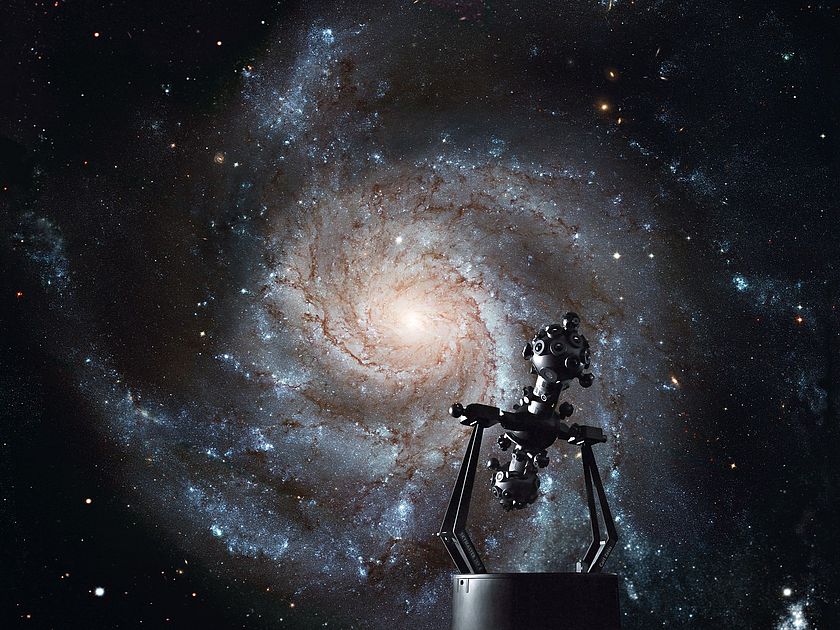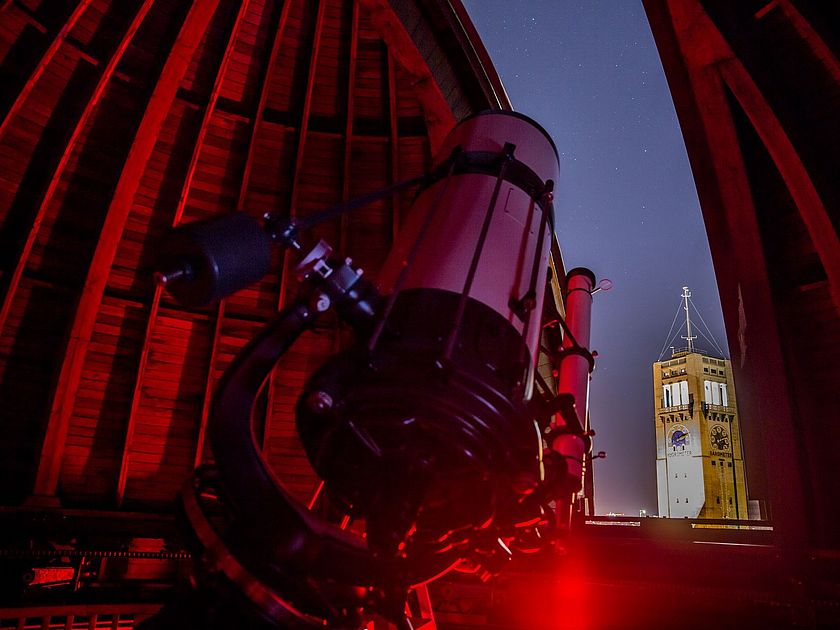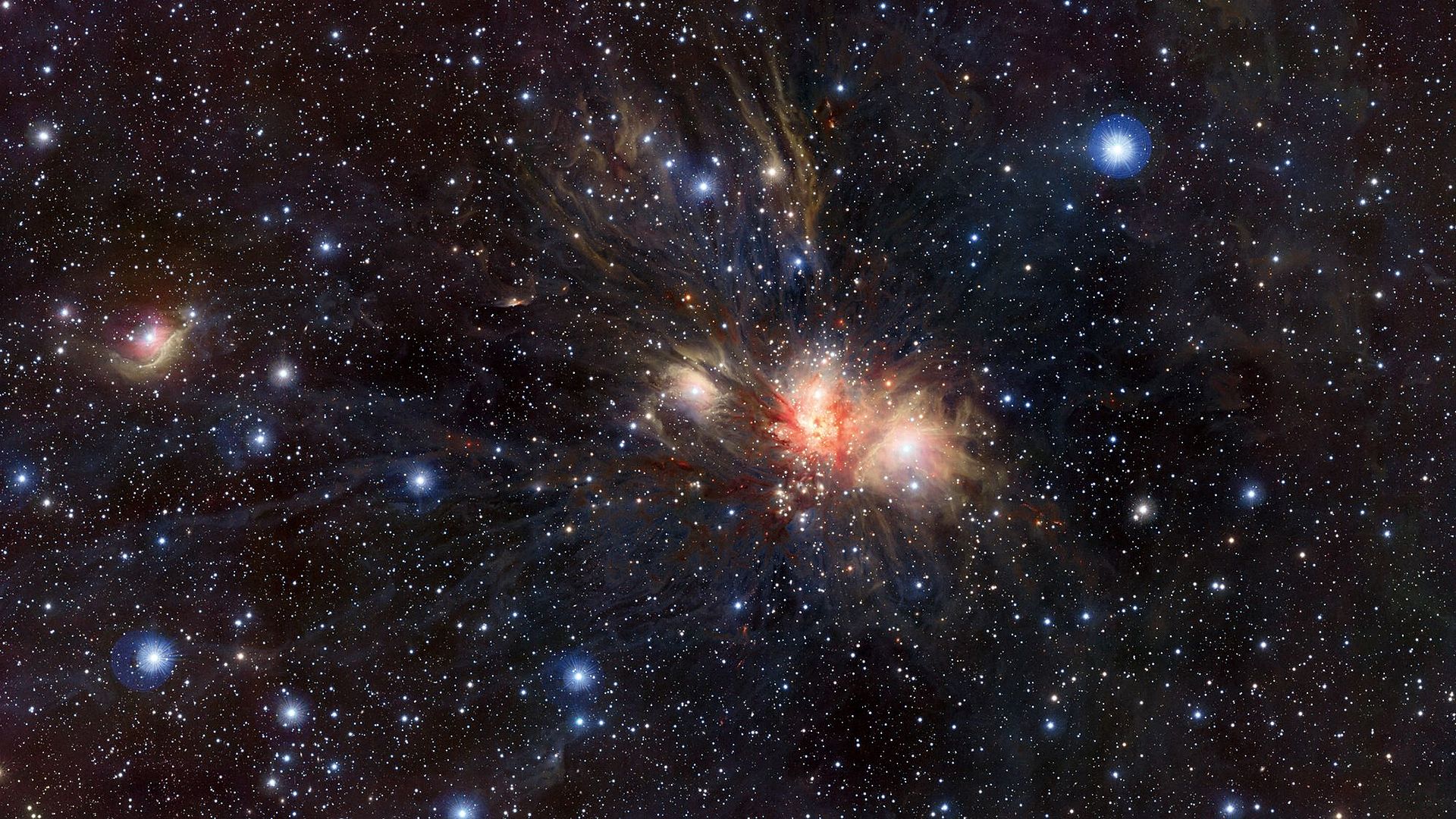
Photo: eso
Natural Sciences
Astronomy – Shining Achievements of the Natural Sciences
What can we see in the sky? What are stars? What does our solar system look like? And how do we know all of this? Travel deep into the universe across the three levels of the Astronomy exhibition.
Exhibition closed
The second half of the building is currently being renovated, which is why this area has been closed since 29 June 2022. The modernisation of the building is scheduled to be completed in 2028, the 125th anniversary of the museum's founding.What is Astronomy?
The “science of the stars” begins with observing nature. It deals with what we can see in the sky – both during the day and at night. For example, the rising and setting of the celestial bodies, the seasonal changes in our night sky, the sun, the Earth’s moon, the planets and their moons, comets, the countless other stars in our galaxy, the Milky Way, and the numerous other galaxies.
For millennia, astronomers observed the sky directly with their own eyes. They studied and surveyed the arrangement and movement of the stars precisely. This enabled them to create calendars and to provide travellers with orientation during journeys. The invention of the telescope around 400 years ago, the introduction of photography and spectroscopy in the 19th century and the advent of astronautics in the 20th century have all been milestones for our knowledge about space.
Today, we have an even broader perspective: now, it’s all about the understanding of the universe as a whole, its formation and its structure. Astronomers use telescopes in space for their observations. They pick up radiation that was emitted billions of years ago in the unimaginably distant depths of the universe. Scientific space probes, the Hubble Space Telescope and large telescopes on the ground have given us fantastic images of far-away worlds.
In this exhibition, you can find various themes related to astronomy on three levels: the universe and the night sky, astrophysics and instruments, stellar evolution, amateur astronomy, the sun and the solar system, and cosmology. The exhibition is complemented by a planetarium and two observatories.
4.2 light yearsis the distance to the nearest fixed star, Alpha Centauri.
13 billion light years is the distance to the furthest quasar observed to date.
8.3 light minutes. is the distance to the sun.
“Pursuing astronomy means reading God’s mind.”
Insights
Tour through the Astronomy Exhibition
Curator Tour
Curator Christian Sicka guides you through the Astronomy exhibition in this 30-minute video. The film is currently only available in German.
Virtual Tour through the Astronomy Exhibition
Explore the exhibition in 360°: here, you can move freely around. The virtual tour also features text, films and audio information for many of the exhibits.
Virtual Tour through the Astronomy Exhibition
Research Sheets for Children and Families
Download
Sun, Moon and Stars
A guide to selected interactive activity stations in the Astronomy exhibition for adults and children aged 4 to 8.
Astronomy activity tour for children (PDF 375 KB)
Astronomy Publications
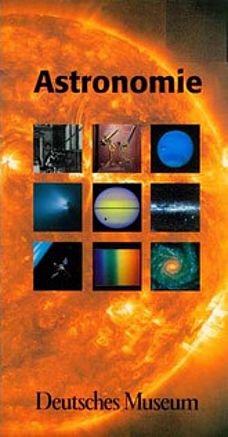
Astronomie
Wie kann man Astronomie am spannendsten erklären? Wie die Abteilung des Museums stellt auch das Buch allgemein interessierende Fragen: Was sehen wir am Himmel? Was sind Sterne? Wie entwickeln sie sich? Woher kommt die Energie der Sonne? Wie sieht unser Planeten-System aus? Wie haben sich Kosmos und Leben entwickelt? Und woher wissen wir das alles?
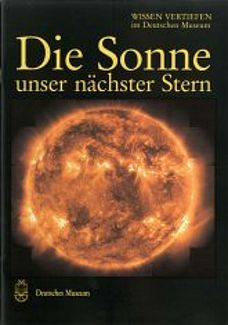

Die Astrolabiensammlungen des Deutschen Museums und des Bayerischen Nationalmuseums
Einblick in die Geschichte des Astrolabs sowie detaillierte Darstellungen der Astrolabien in den Münchner Sammlungen.
Facts
- Exhibition area: 1,100 sqm
- Opening of the first Astronomy exhibition: 1925
- The exhibition is on Level 3–5
Any Questions?
![]()
Dr. Christian Sicka
Kurator
Abteilung Astronomie, Planetarium, Atomphysik, ZeitmessungDeutsches Museum
80306 MünchenTelephone +49 89 2179 350
Fax +49 89 2179 99350
Email c.sicka@deutsches-museum.de
![]()
Cornelia Schubert
Assistance to department heads, main department heads and curators
![]()
Susanne Schmölz
Assistance to department heads, main department heads and curators



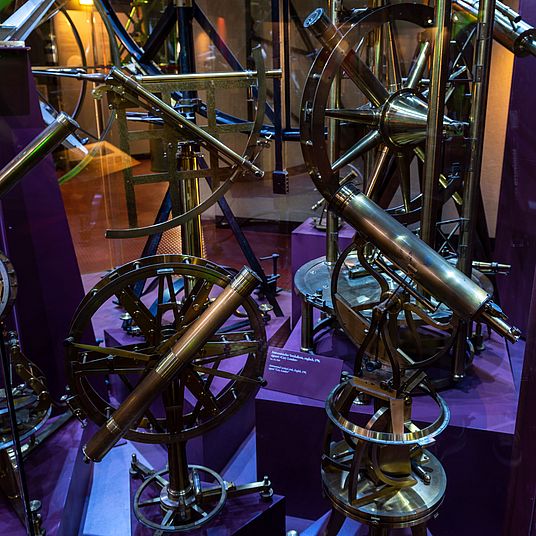

![[Translate to English:] Modell der Sonne in der Ausstellung Astronomie.](/assets/_processed_/2/d/csm_Ausstellung_Astronomie_Modell_der_Sonne_CD_69634_632a50a044.jpg)

